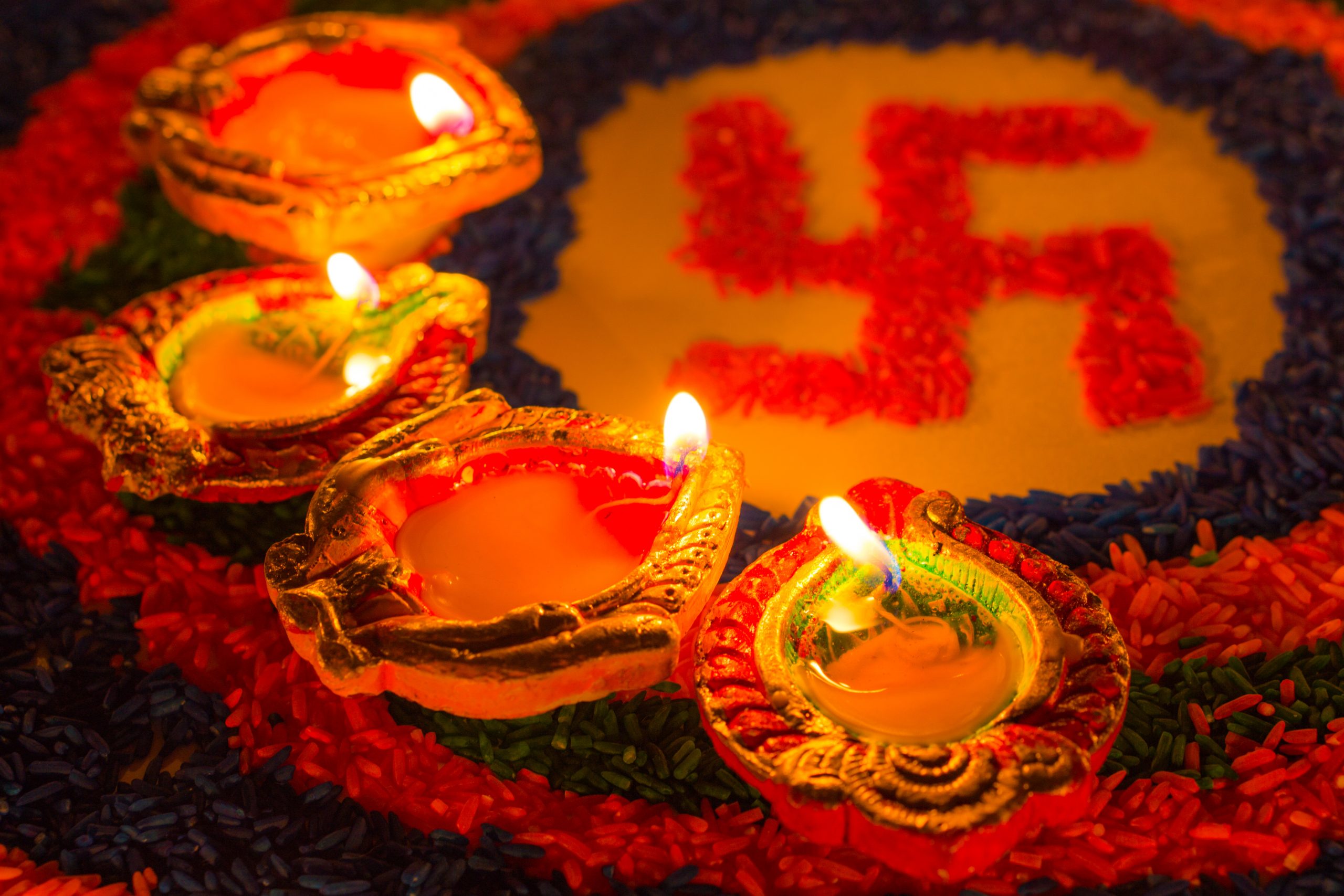Hindu texts and ideas about human psychology largely influenced Swiss physician, Dr. Carl Jung and his understanding of personalities and pathways to knowledge and how this leads to an evolved society where all have designated expertise.
From the book, Jung and Eastern Thought, this is explained further:
In India since ancient times they have the custom that practically everybody of a certain education, at least, has a guru, a spiritual leader who teaches you and you alone what you ought to know. Not everybody needs to know the same thing and this kind of knowledge can never be taught in the same way. (pg. 47)
Jung further researched the roles between the gurus and yogis and the four types of students – four personality types or varna. Religious scholar Huston Smith noted that the work Jung was conducting on typology was based on this Hindu model while altering certain aspects.
This connection between Hindu philosophy, psychological strengths, and knowledge aptitude was further evolved in the work of Katherine Cook Briggs and her daughter Isabel Briggs Myers through their assessment, the Myers-Briggs Type Indicator (MBTI). For this test, the two women developed aptitude feedback, which highlighted strengths without placing one personality type over the other.
Today, the MBTI is frequently used in human resources, management training, education, counseling among other professional and personal development exercises. As referenced in Psychology Today, the MBTI is largely immersed in Hindu philosophy, with which key concepts originated.







































